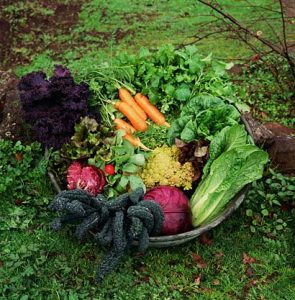
I hope that your garden preparations for the fall crops have been or are almost complete. It’s time to plant squash, beans, and okra from seeds. Fall plants should be here mid-August. Keep an eye on Facebook and we’ll let you know when they’re here.
Of all the different things that we put in our vegetable gardens, none is more important than fertilizer. It is the food that grows the food. Because I grow my vegetables all-naturally I need to fertilize sooner and more often than synthetic gardeners do. In a perfect world, I add a bag or 2 of compost and my pre-plant fertilizer about three to four weeks before I plant. My choice of fertilizers runs between Wells Brothers Dirt Diet (4-1-2) or Medina (3-2-3). I will add between 30 and 40 pounds to about 200 square feet of garden area.
If that sounds like a lot it’s not and here why. Most gardens (including mine) in the North Texas area are raised beds that have a lot of compost added. That’s a good thing but compost only has about 1% nitrogen (N), phosphorus (P), and potassium (K). Nitrogen is already spoken for since it’s one of the engines that drives decomposition and plant growth. This means the plants and dirt are in competition for the same resources. Adding nitrogen feeds the plants but also fuels more decomposition. Nitrogen can also be washed out with a lot of rain and some types can evaporate. Compost has such small quantities of P and K that they should be considered nonexistent and should be added to the garden. A soil test will give you an idea of what the garden needs.
Depending on the weather, this pre-plant fertilization lasts four to six weeks after planting. After that, I need to start fertilizing. Normally I change pre-plant fertilizer from season to season but it’s not necessary.





